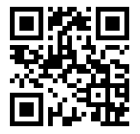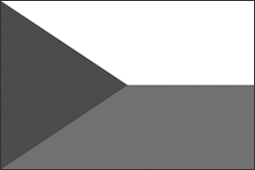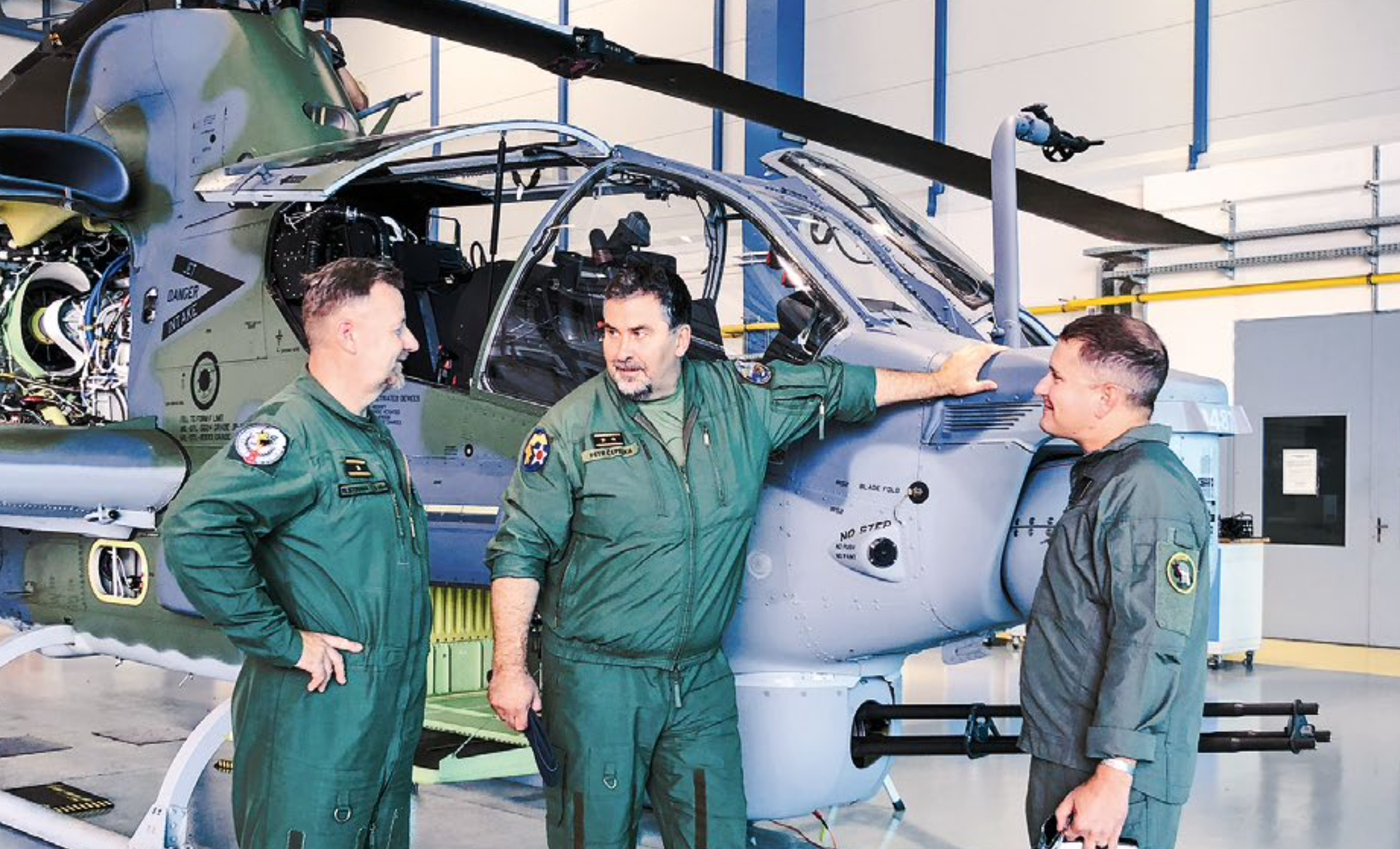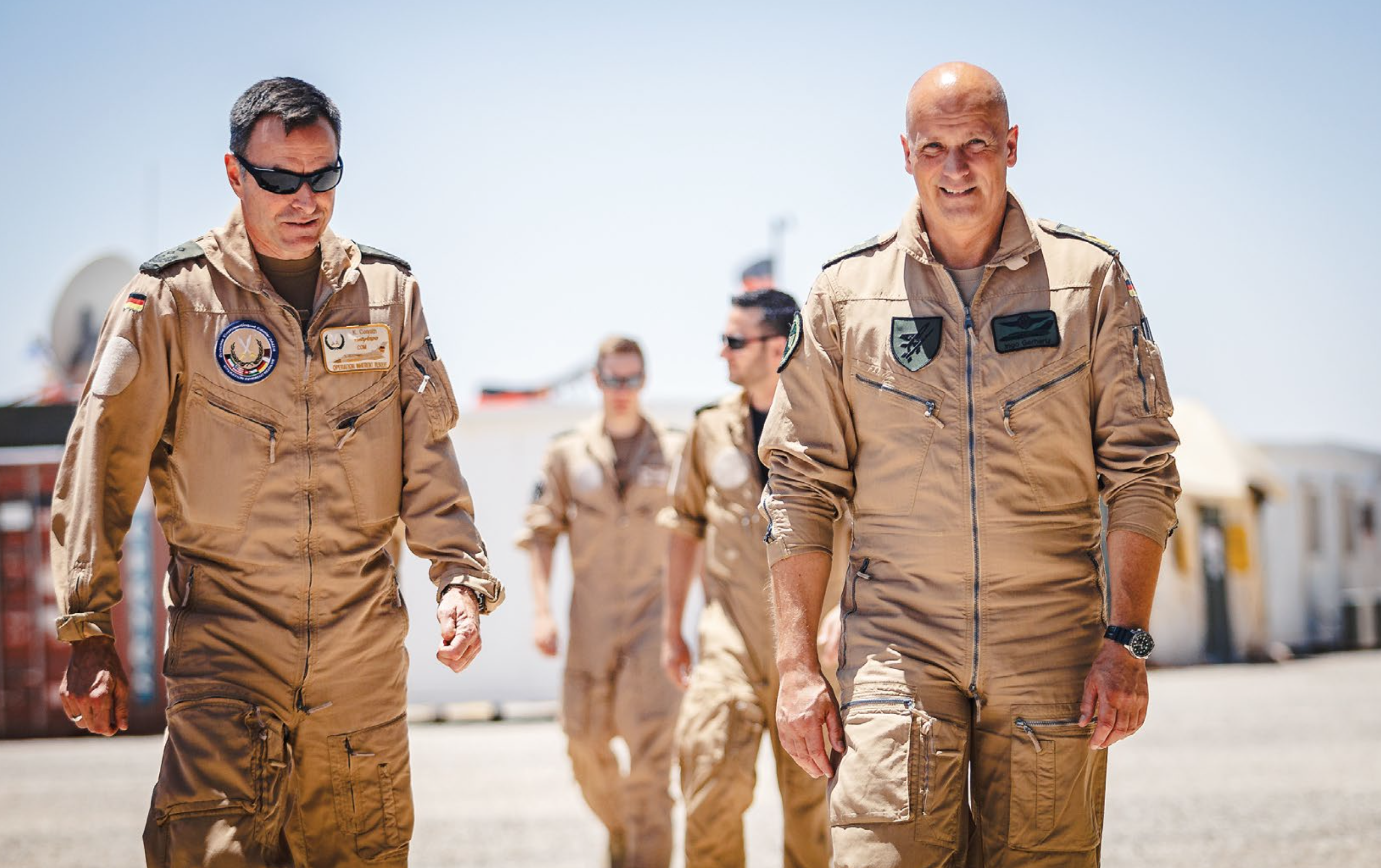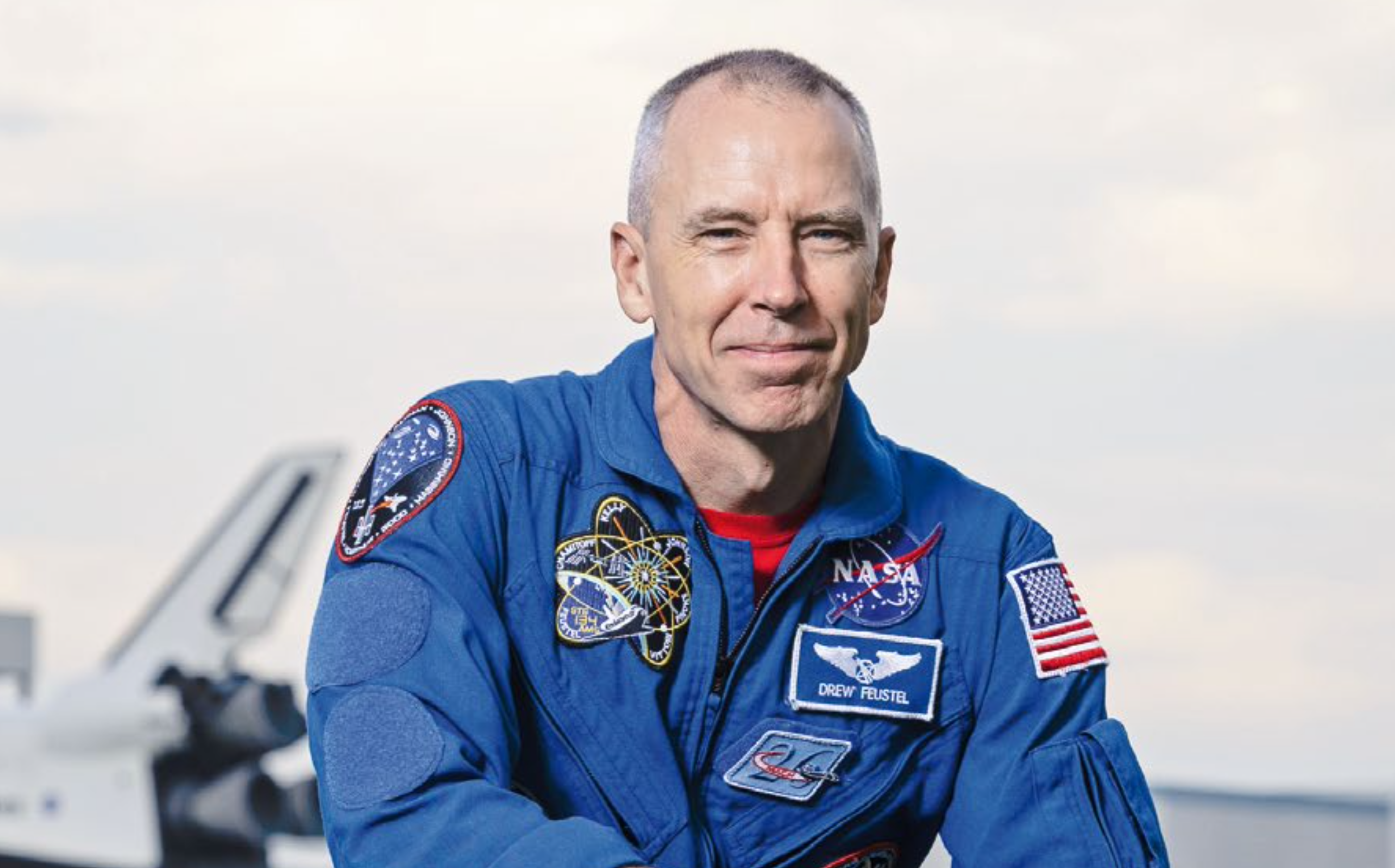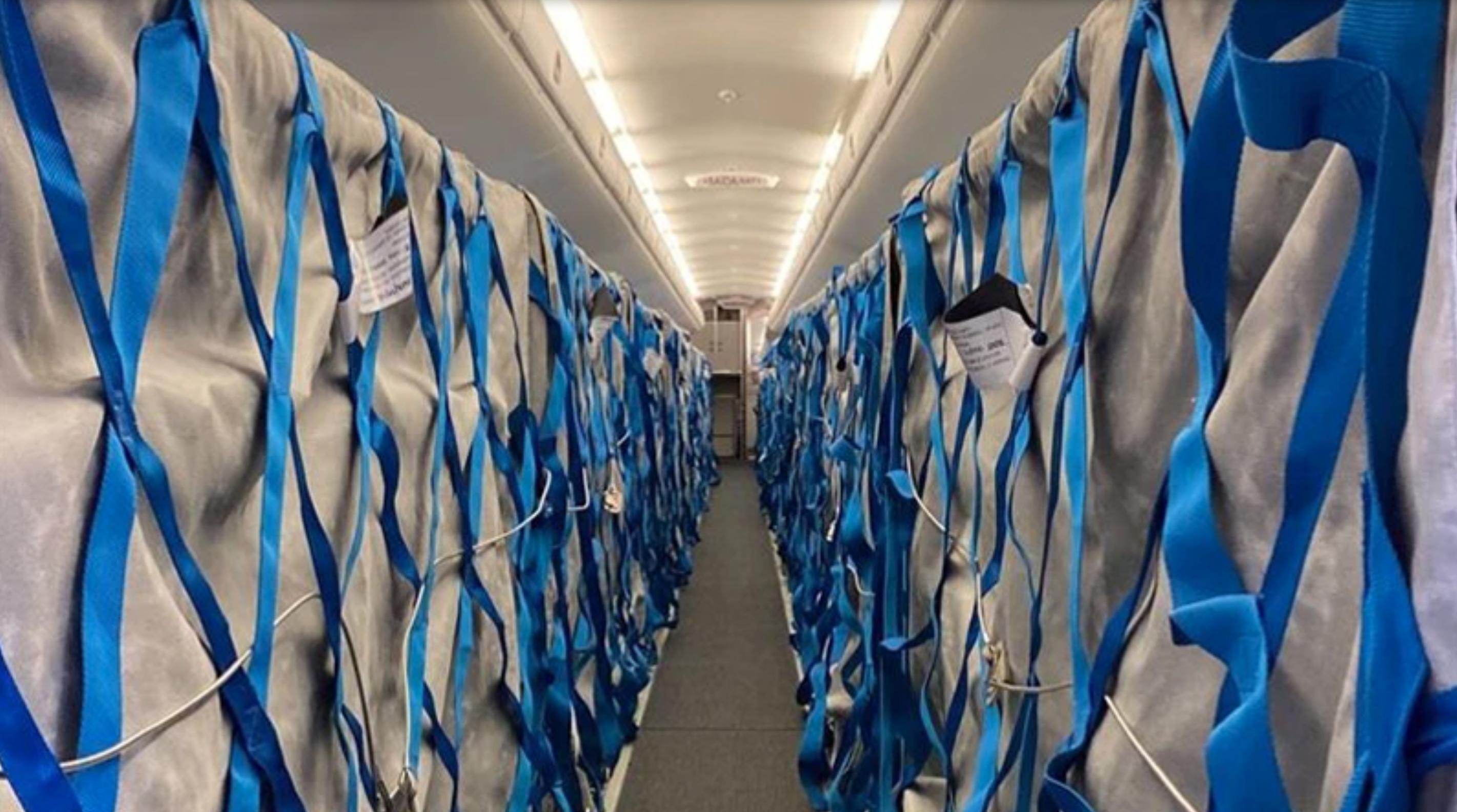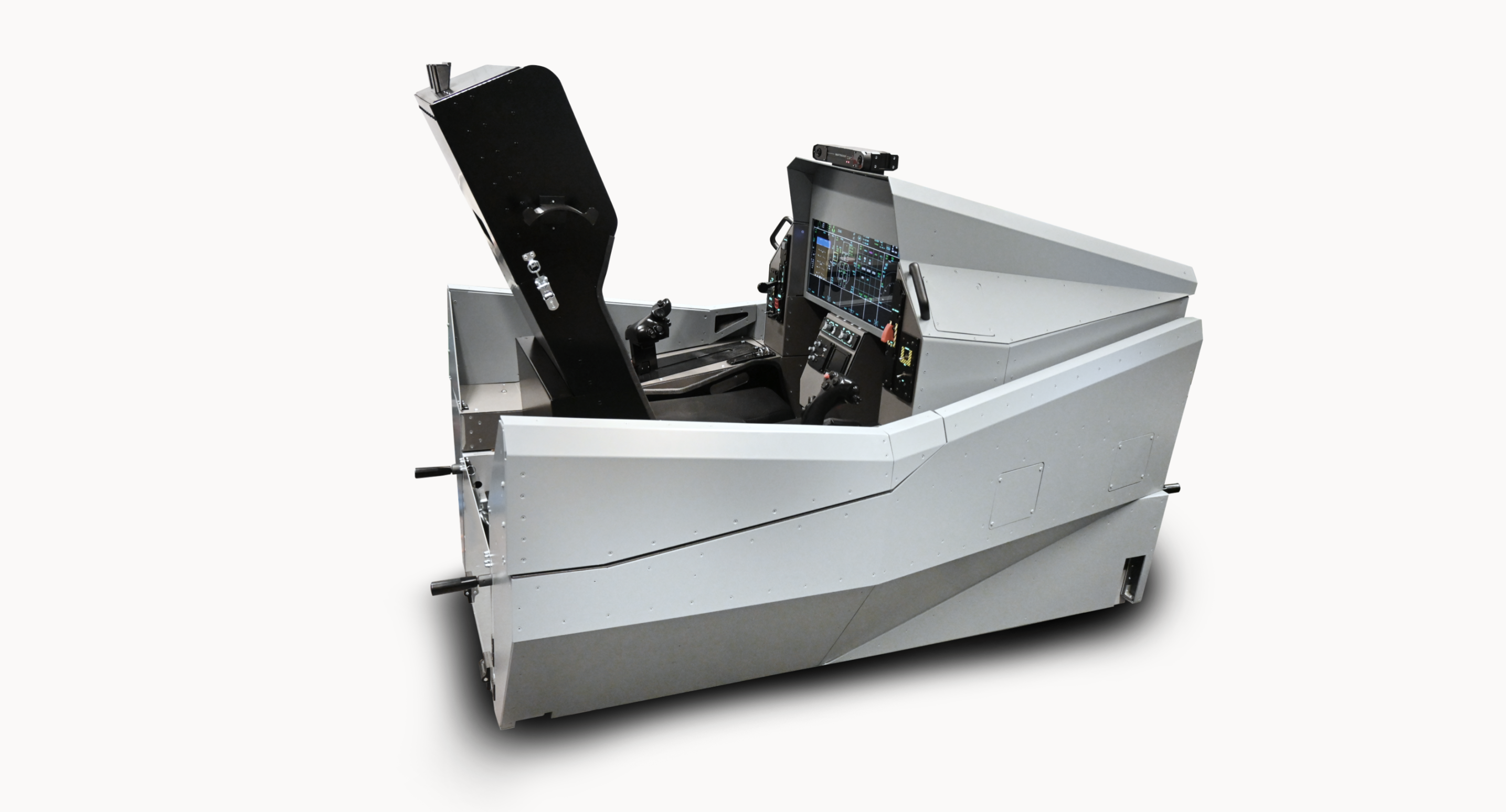How can we use the space-tech for our vibrant city life? Well, we do that on an everyday basis. We use satellite navigation to find the nearest ATM, and we use satellite time to stamp the transaction while we withdraw the money. Before we get an Uber, we double-check the weather forecast to decide whether we should bring the sweatshirt. And when the driver’s real-time position is close enough, we know it’s time to slip in our sneakers – shoes made by “blow rubber molding” – a technique first used to create astronaut’s clothing.
European Space Agency Business Incubator (ESA BIC) in the Czech Republic scouts for such projects; startups that re-purpose space technologies to improve our lives on Earth.
Space technologies make our city-life comfortable, and they can also help to make it safe. Due to global warming, weather conditions shift to extremes – heat waves, summer droughts, and flash floods are getting more common. Company World from Space specializes in satellite data analysis and helps European cities with sustainable development. Thanks to the Sentinel-1 satellite, the startup identifies the places that dry up. Landsat-8 satellite helps determine the most overheating locations, and the Sentinel-2 helps identify streets where trees or vine plants should be planted. Many non-space variables are then added to the information mix – the city terrain, infrastructure, and the urban area type (are there warehouses or kindergartens?). The outcome of this shaken and stirred data cocktail is a detailed urban strategy for the city government. The World from Space company already worked for a dozen European cities, and in cooperation with ESA and UN, they also created a “clean air” strategy for Moldavia and Ukraine. The team also created a small infiltration reservoir project for an anti-flood plan in Etiopia.
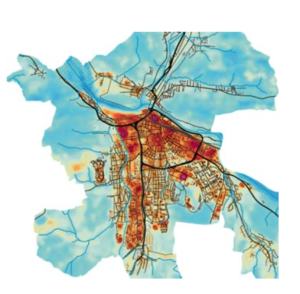
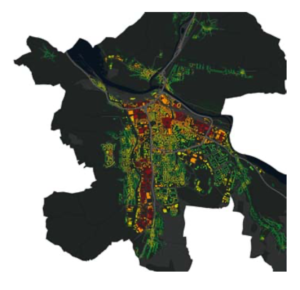
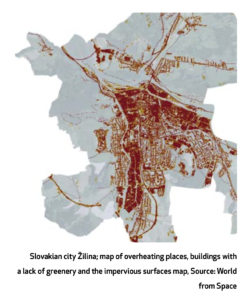
Flying in the city
Urbanization also happens in the city airspace that is getting more and more crowded. Helicopters, planes, rescuers, and drones share the neighborhood without proper administration and organization. Their collisions endanger lives and cost millions of dollars. Authorities address this issue differently. Some cities ban drones altogether – but that seems like an unnecessary closed door to the future considering all the areas they can be used in. Power lines monitoring, buildings inspection, blood-samples transport, possible drone deliveries… Instead of banning new futuristic tech, some authorities decided on a different approach – they approved a new directive demanding all drones to be registered and broadcast their real-time position and identification.
Startup Dronetag created a product that keeps the air-traffic intersection safe and answers drone-regulatory demands. Their IoT device works as a multipurpose registration plate; while the drone is in flight, the device precisely estimates its position from the Global Navigation Satellite Signal (GNSS). Then it uses a cellular network to send data to the cloud and Bluetooth to broadcast the information locally. Drone’s position and identification data are processed in the software platform and are accessible to other pilots and authorities. Potential hazards are limited, collisions avoided.
Organization and real-time monitoring is the only way to keep the airspace both safe & used for everyone’s benefit.
Every day is a Black Friday… somewhere
Can you navigate yourself using paper maps and a compass? We got so used to cruising the city with our smartphones that we no longer know what “azimuths” even mean. And all our loyalty cards and shopping flyers might easily be the next “azimuth”.
Startup Uneeqly is using satellite geolocation to connect businesses with customers. Any seller or manufacturer can promote discounted goods and services directly to the customer in a nearby location. Users can adjust their preferences (shops/goods/services they are interested in) and browse the offers in their set radius. A little bit like the dating app Tinder but with way more detailed preferences and a much richer supply of desirable goods – from fresh juices and functional underwear to massages and cultural experiences.
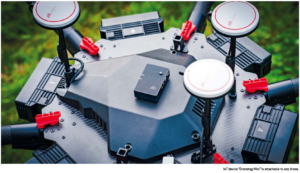
In 5 years of ESA BIC Prague’s existence, more than three dozen startups were accepted to the business incubator. They all offer a unique business connection to space technology. How often do we hear the phrase: “The future is in the stars”? The current startup trend is merely showing that “The future is in the space.”Text by: Kateřina Syslová, ESA BIC Prague Marketing Manager
Photos by: ESA BIC Prague
